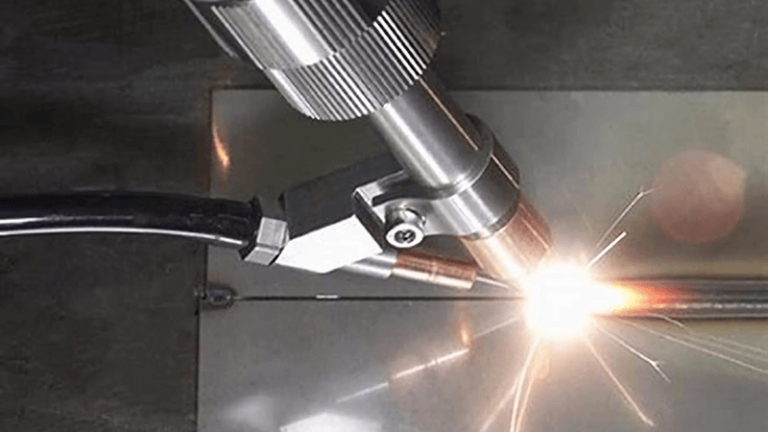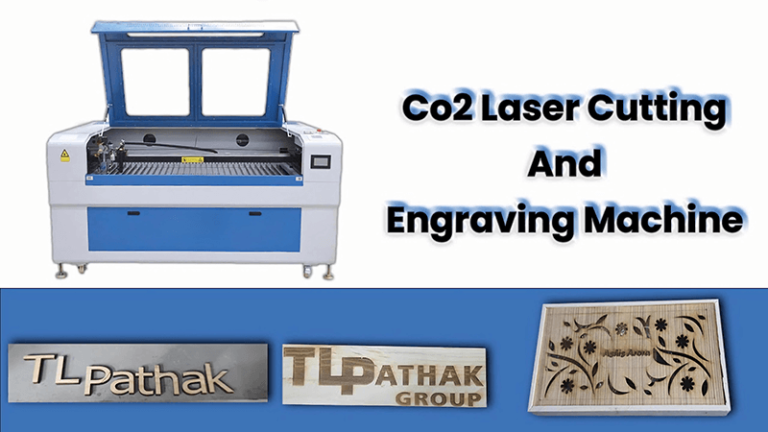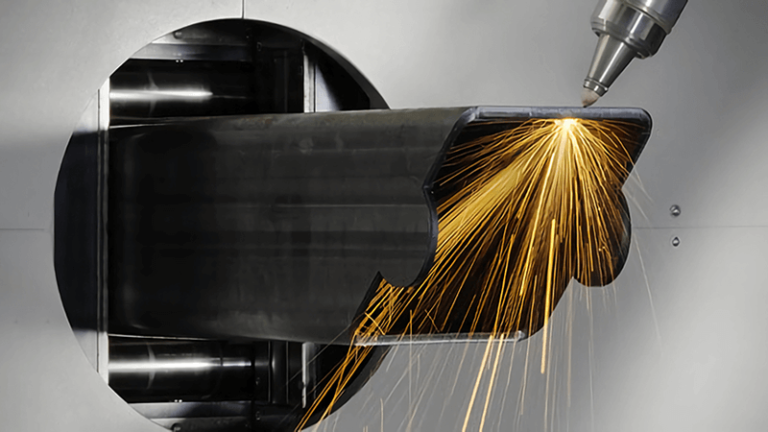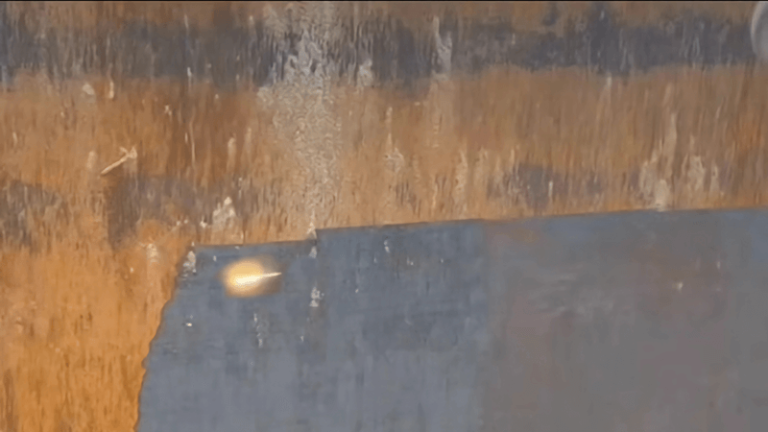If you’ve ever tried engraving metal with the wrong tool, you know how frustrating it is—blurred lines, weak marks, wasted time. But there’s a solution that solves these pain points once and for all.
A fiber laser marking machine is the best choice for engraving metals because it offers unmatched precision, speed, and durability across various metals including stainless steel, aluminum, and titanium.
When I started working with industrial clients, I saw many struggle with poor engraving results on metal parts. They needed a reliable solution. That’s when I committed to providing only fiber laser marking machines for metal engraving. Let me break down why they work and how to choose the right one.
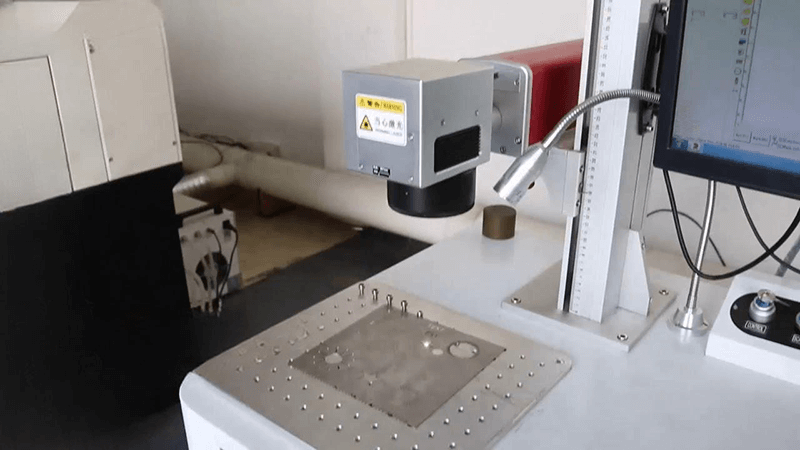
What type of laser is best for engraving metal?
Many companies waste money on the wrong laser machine, only to realize too late it can’t engrave metal well. The wrong choice leads to shallow marks and damaged parts, causing delays and higher costs.
The best type of laser for engraving metal is a fiber laser marking machine. Fiber lasers are designed for high precision, deep penetration, and permanent marks on metals, making them the go-to choice for industries like aerospace, automotive, and medical devices.
When I work with clients, I always recommend fiber laser marking machines1 for metal. Here’s why:
Why fiber lasers excel
Fiber lasers use a solid-state laser source. This gives them:
| Feature | Benefit |
|---|---|
| High beam quality | Extremely fine, precise marks |
| Long service life | Low maintenance, reliable operation |
| Compatibility | Works with steel, aluminum, titanium, and more |
| Speed | Fast marking with minimal heat distortion |
Other lasers, like CO2 or diode lasers, simply don’t match the performance of fiber lasers on metals. I had a client in aerospace who used CO2 for stainless steel marking. The marks faded over time and weren’t deep enough for traceability. Switching to fiber laser solved that issue immediately.
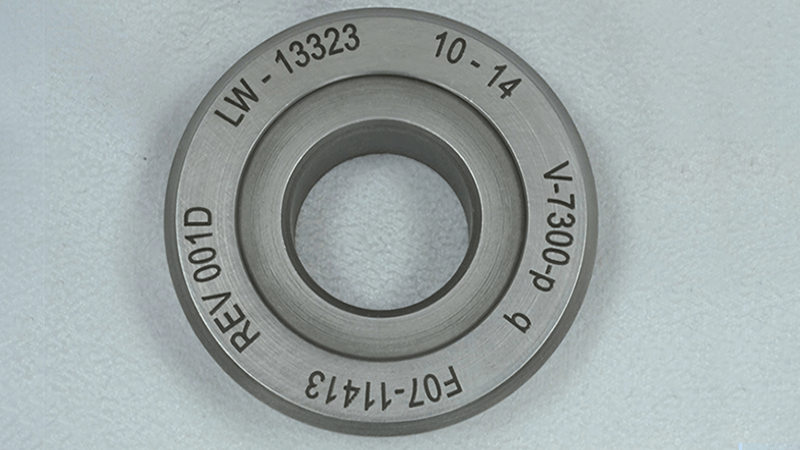
What wattage laser do I need to engrave metal?
It’s easy to think any high-powered laser will do the job. But using too much or too little power can ruin your material or leave marks too weak to last.
For metal engraving, most applications need a fiber laser in the 20W to 100W range. The ideal wattage depends on your metal type, depth required, and marking speed.
Choosing the right wattage2 is critical. Here’s what I’ve seen work in real operations:
Matching wattage to application
| Wattage | Use Case | Notes |
|---|---|---|
| 20W | Light marking, fine detail | Great for small parts and barcodes |
| 30W | General industrial use | Versatile, works on most metals |
| 50W | Deep engraving, faster cycle | Good for heavy-duty applications |
| 100W | High-speed marking, deeper marks | Ideal for thick metals, high volume |
A client in automotive switched from 20W to 50W to meet faster production speeds without losing mark quality. They saw a 30% improvement in throughput.
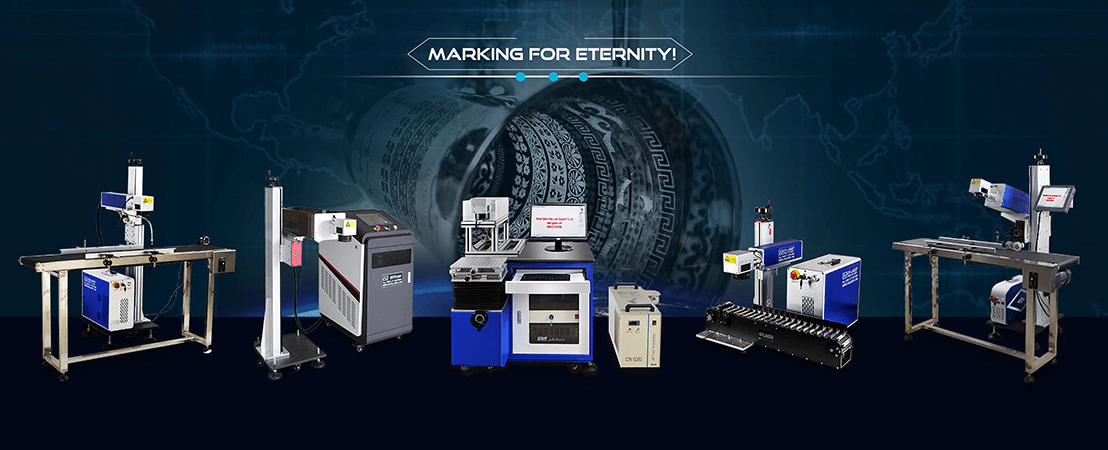
Can a 40W laser engrave metal?
Many buyers wonder if a 40W machine is powerful enough. They don’t want to overspend, but they also need reliable marks.
Yes, a 40W fiber laser can engrave metal effectively. It provides enough power for deep, clear marks on most industrial metals and works well for medium to high-speed operations.
I’ve worked with several clients who found 40W fiber lasers3 hit the sweet spot. They wanted faster processing than 20W could offer, but didn’t need 100W. The 40W machine delivered:
What makes 40W a smart choice?
| Metal | Performance with 40W fiber laser |
|---|---|
| Stainless steel | Clean, durable marks |
| Aluminum | Consistent depth without excess heat |
| Brass | Sharp detail without burn marks |
| Titanium | Good contrast for traceability |
One of my clients in medical device manufacturing4 uses a 40W system daily. It gives them the accuracy they need for part numbers and logos, while keeping costs down.
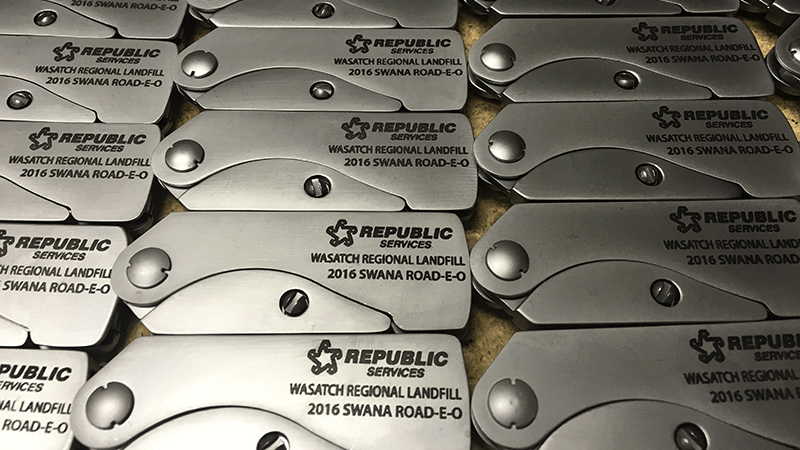
Can a 100W laser engrave metal?
When speed and depth are critical, many wonder if a 100W machine is the right tool—or if it’s overkill.
A 100W fiber laser can engrave metal quickly and deeply. It is ideal for high-volume production lines and thick or hard metals where cycle time and durability matter most.
I’ve helped clients upgrade to 100W when their existing machines couldn’t keep up. One aerospace supplier needed deeper marks for parts exposed to harsh conditions. Their 30W machine struggled. After upgrading to 100W, they achieved perfect marks in half the time.
When to choose 100W?
| Situation | Why 100W is right |
|---|---|
| High production speed needed | Cuts marking time significantly |
| Deep engraving required | Ensures marks last under wear or exposure |
| Hard or thick metals | Can handle tougher materials easily |
| Complex patterns at speed | Maintains detail even at fast rates |
In my experience, 100W fiber lasers5 pay off for companies needing top performance. They deliver speed, depth, and reliability that lighter machines can’t match.
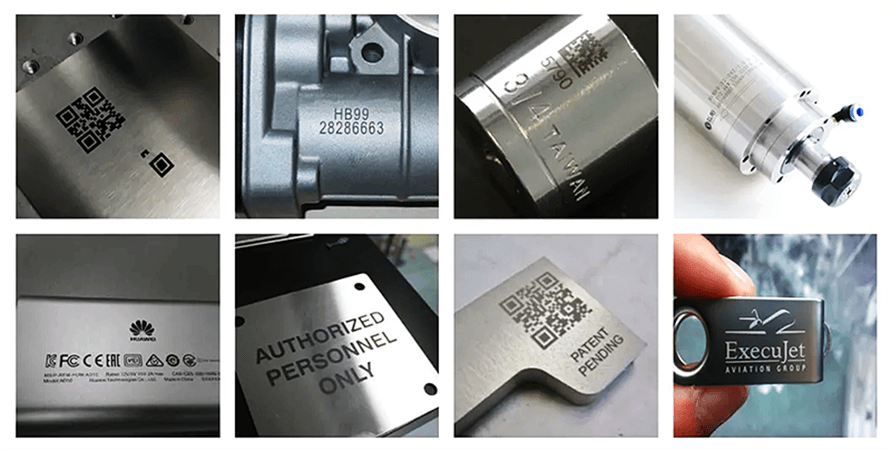
Conclusion
Choosing the right laser for metal engraving is key to achieving quality, speed, and cost goals. I always recommend fiber laser marking machines6 because they work best on metals. Whether you need a 20W for fine detail, 40W for balance, or 100W for high-speed operations, fiber lasers deliver. At Kirin Laser, we’re here to help you find the perfect fit for your application. Let’s make sure your marks last and your production stays ahead.
-
Explore this link to understand how fiber laser marking machines can enhance precision and efficiency in metal marking. ↩
-
Understanding wattage is essential for optimizing performance in various industrial applications. Explore this link to learn more. ↩
-
Explore the advantages of 40W fiber lasers for efficient processing and cost-effectiveness in various applications. ↩
-
Discover how fiber lasers enhance accuracy and efficiency in the medical device industry. ↩
-
Explore the advantages of 100W fiber lasers to understand how they can enhance your production efficiency and quality. ↩
-
Find the best marking and engraving solutions from Kirin Laser, clicking this link to get all your need for your business. ↩


